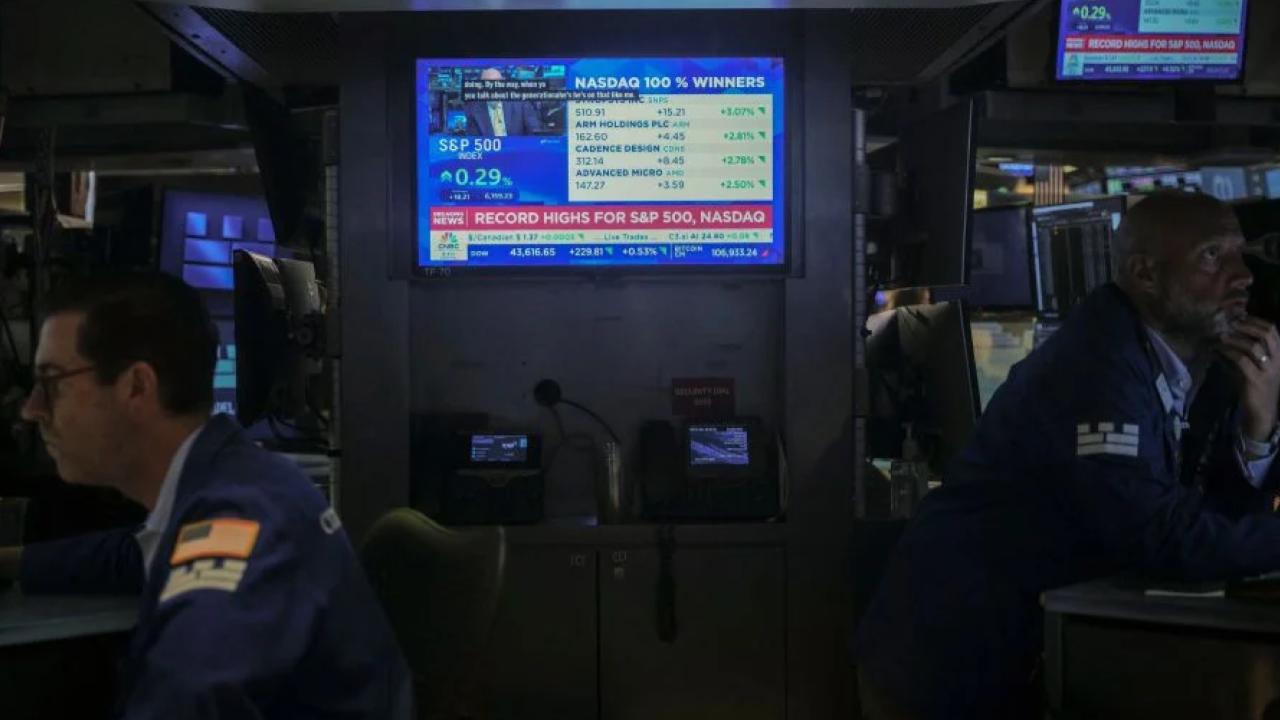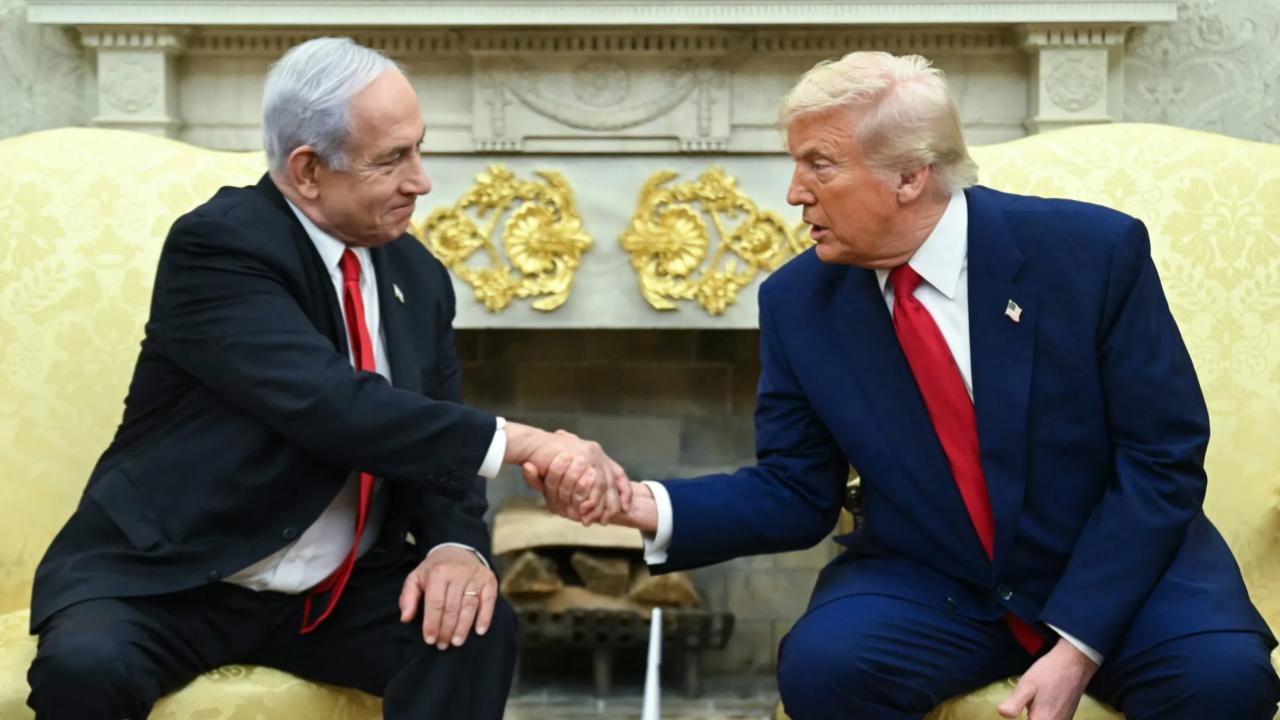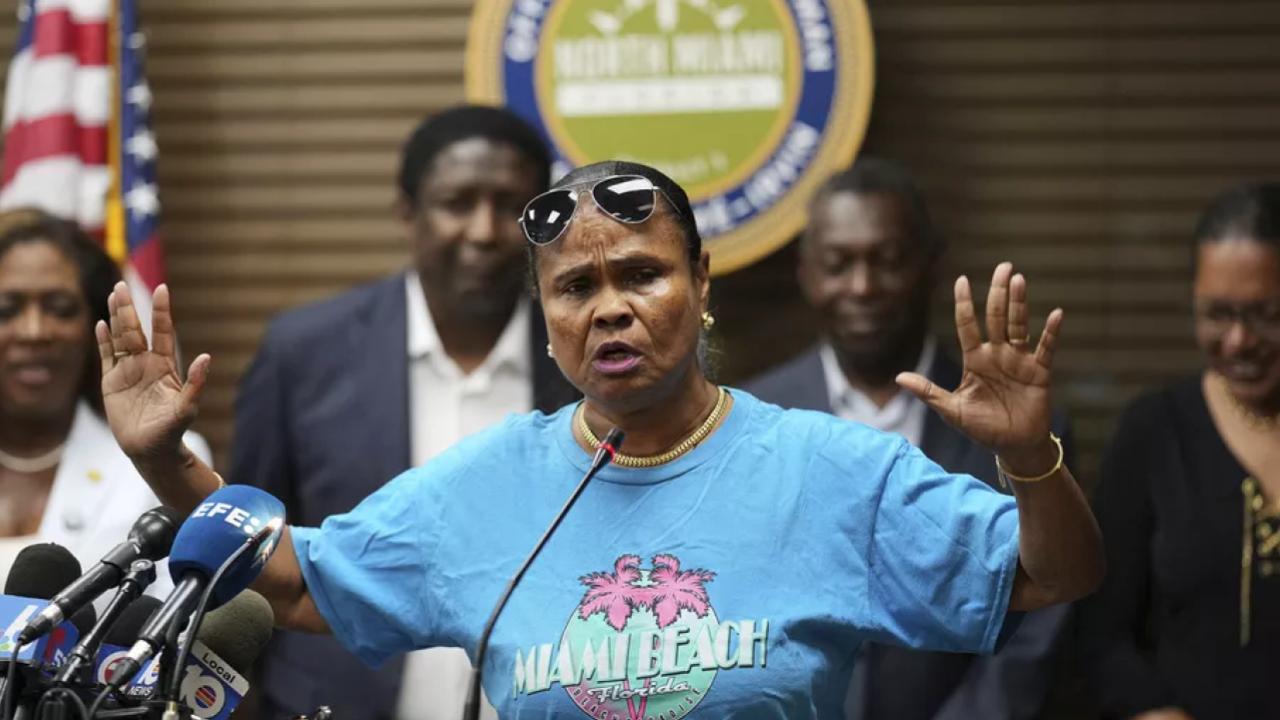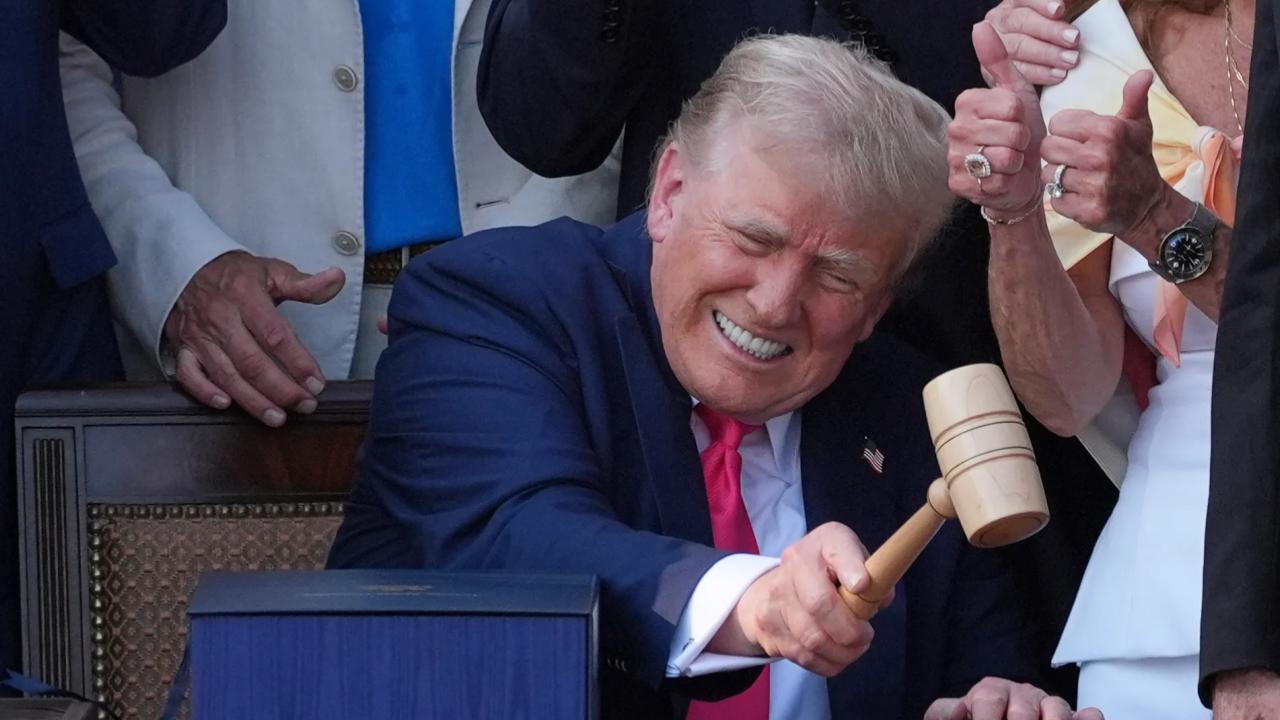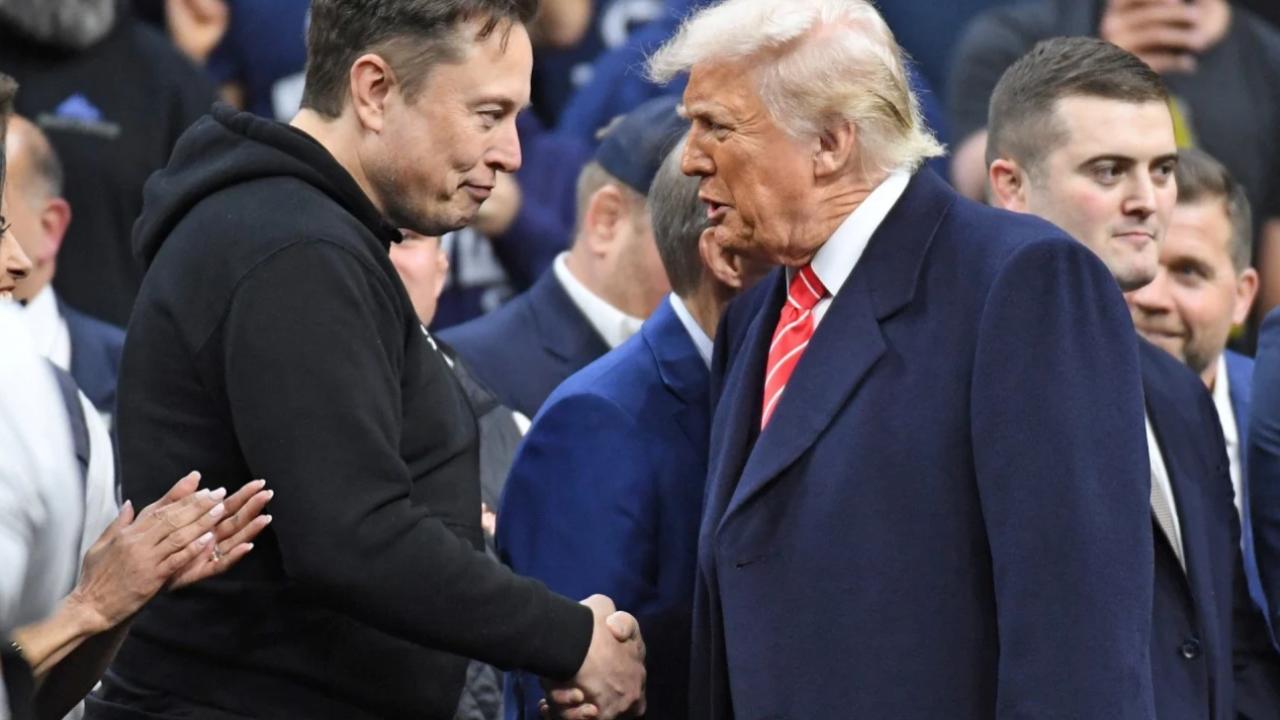Former President Donald Trump has reignited global trade tensions by threatening a new 10% tariff on countries “aligning” with BRICS policies—drawing a fierce response from China and raising alarms across world markets.
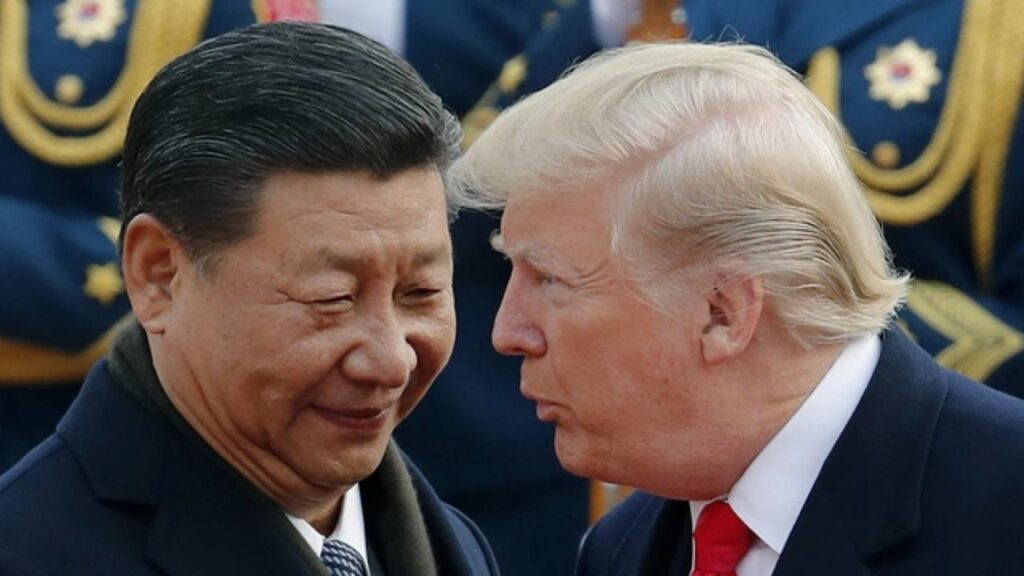
The move, announced via Trump’s Truth Social account on July 6, targets countries that Trump claims adopt “anti-American” positions through their BRICS affiliation. Initially slated to begin July 9, the tariffs have since been delayed until August 1, giving foreign governments a window to renegotiate trade terms with Washington.
China’s Explosive Reaction to New Tariff Sparks Global Tension
| Insight | Stat |
|---|---|
| Trump threatens 10% tariff on BRICS-aligned nations | 10% additional tariff |
| China warns “trade wars have no winners” | Official MOFA quote |
| Effective date pushed to August 1 to allow trade talks | Delay from July 9 |
Trump’s 10% tariff threat on BRICS-aligned nations drew fierce condemnation from China, which warned of economic fallout. With implementation delayed to August 1, the world watches to see if diplomacy or a trade war takes the lead.
China: “Trade Wars Have No Winners”
China’s response was swift and sharp. Foreign Ministry spokesperson Mao Ning condemned the tariff threat as “coercive” and warned that “trade wars and tariff wars have no winners.” At a Beijing press conference, she emphasized BRICS’s focus on “win-win cooperation,” rejecting the idea that the bloc targets any one country.
“China is willing to work with BRICS partners to safeguard the legitimate development rights of all countries,” Mao stated, defending the group’s global economic aspirations.
The Chinese government has long positioned BRICS—comprising Brazil, Russia, India, China, South Africa, and newer members like Iran and Egypt—as a coalition aimed at fostering multipolarity and equitable development. Trump’s remarks, according to Beijing, misrepresent the group’s mission.
Russia and Brazil Also Push Back
Kremlin spokesperson Dmitry Peskov echoed China’s stance, stating that BRICS is not directed against any third party. Brazil’s finance officials similarly dismissed the characterization of BRICS as anti-American, noting that the organization exists to “enhance dialogue, not deepen divides.”
These statements align with the 2025 BRICS Summit Declaration issued in Rio de Janeiro, which condemned unilateral sanctions but avoided direct mention of Trump.
Trump’s Reasoning—and a Timeline Shift
Trump’s proposed tariff is framed as a defensive measure against countries whose policies “undermine American workers and sovereignty.” However, after internal confusion about its enforcement, U.S. Commerce Secretary Howard Lutnick clarified that the new tariff would not be implemented until August 1, a delay designed to allow countries time to revise their trade relationships with the U.S.
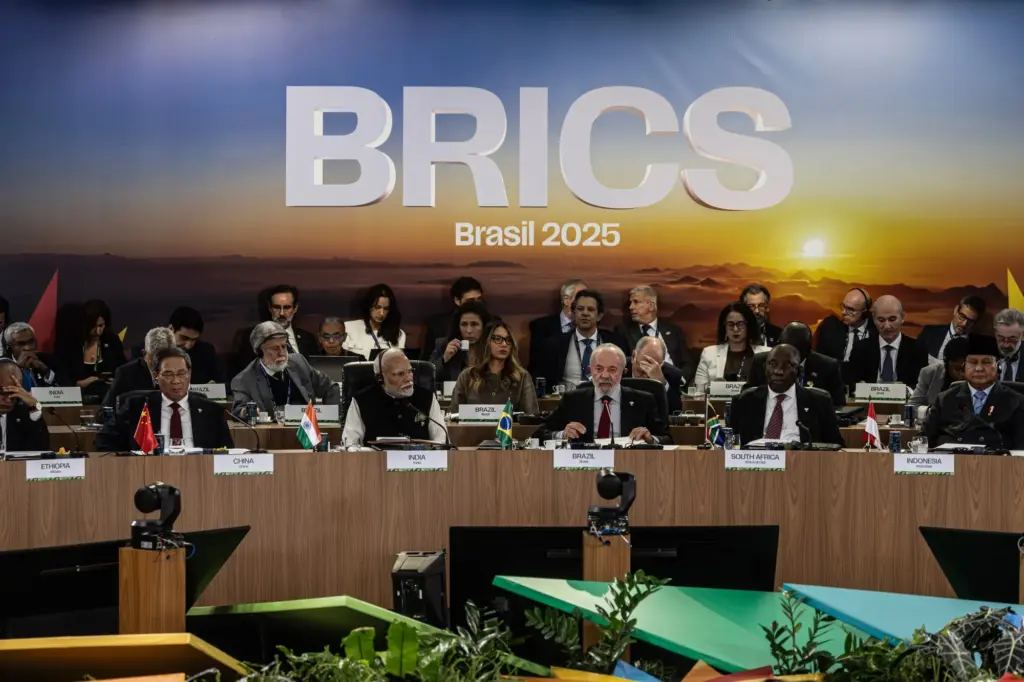
“We want to give our allies and trading partners a fair opportunity to reassess,” Lutnick told reporters. “This is not about punishment—it’s about alignment.”
Global Economic Ripples
Financial markets reacted cautiously. The Dow closed flat, while Asian and European exchanges dipped slightly amid uncertainty. Commodity prices, particularly metals and agricultural goods, saw mild declines as investors weighed potential disruptions to supply chains.
With BRICS nations now accounting for nearly 39% of global GDP, any significant trade realignment could ripple across industries from tech to energy. The risk of retaliatory tariffs also looms, especially if China or India choose to push back further.
As someone who’s covered multiple rounds of U.S.-China trade clashes since 2018, I can say this: markets don’t like ambiguity. And tariff threats—even if temporary—create a lot of it.
What Happened at the BRICS Summit?
Beyond the tariff firestorm, the Rio summit produced several notable outcomes:
- Condemnation of U.S.-Israeli strikes on Iran, calling them violations of international law.
- A joint call for reforms at the United Nations, IMF, and World Bank to better represent emerging economies.
- Support for Palestinian statehood, further signaling BRICS’s global ambitions.
These moves reflect the bloc’s pivot toward geopolitical assertiveness—a shift that may explain Trump’s aggressive tone.
U.S. Domestic Angle
While many international observers criticize Trump’s unilateralism, the strategy resonates with segments of the American electorate. His base sees tariffs as a lever to rebalance trade relationships and protect U.S. manufacturing.
Yet, not everyone agrees. Business groups warn the policy could backfire by inviting retaliation, hurting exporters, and raising prices on consumer goods.
What Happens Next?
With the deadline now set for August 1, the next few weeks will be crucial. Countries hoping to avoid the tariff must negotiate new bilateral terms that meet the U.S. administration’s expectations. Whether they comply or resist could reshape global trade for years to come.
FAQs
Will the tariff definitely begin August 1?
Not necessarily. Countries can avoid the tariff if they reach new trade agreements with the U.S. before that date.
Is BRICS an anti-American alliance?
No. BRICS leaders insist their organization promotes cooperation among developing economies and does not target any nation specifically.
How might these tariffs impact U.S. consumers?
If enacted, tariffs could increase costs for imported goods, especially from China and India, potentially driving up prices for electronics, clothing, and certain food products.


